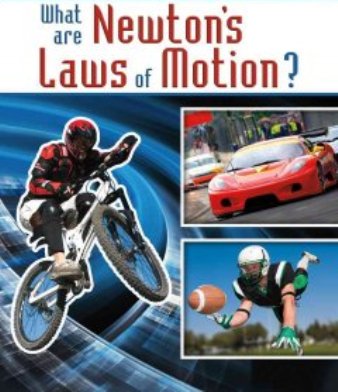
Newton presented the three laws on motion in 1687 in his book Philosophiae Naturalis Principia Mathematica. The universal laws of motion describe the relationship between any object, the forces acting upon it and the resulting motion.
The first law of motion or the law of inertia states that if a body is at rest or moving at a constant speed, it will continue in that state unless it is acted upon by an external force. This tendency of massive bodies to resist changes in their state of motion is called inertia.
Using this law of motion, we can explain why a car stops when it hits a wall but the human body in the car will keep moving at the earlier speed of the car until the body hits an external force, like a dashboard or airbag.
Similarly, an object thrown in space will continue infinitely in the same speed, on that path until it comes into contact with another object that exerts force to slow it down or change direction.
Newton’s second law of motion is F=ma or force equals mass times acceleration. For example, when you ride a bicycle, your pedalling creates the force necessary to accelerate. This law also explains why larger or heavier objects require more force to move and why hitting a small object with a cricket bat creates more damage than hitting a large object with the same bat.
The third law of motion is, for every action, there is an equal and opposite reaction. This is a simple symmetry to understand the world around us. When you sit in a chair, you are exerting force down upon the chair, but the chair is exerting an equal force to keep you upright.
Picture Credit : Google

